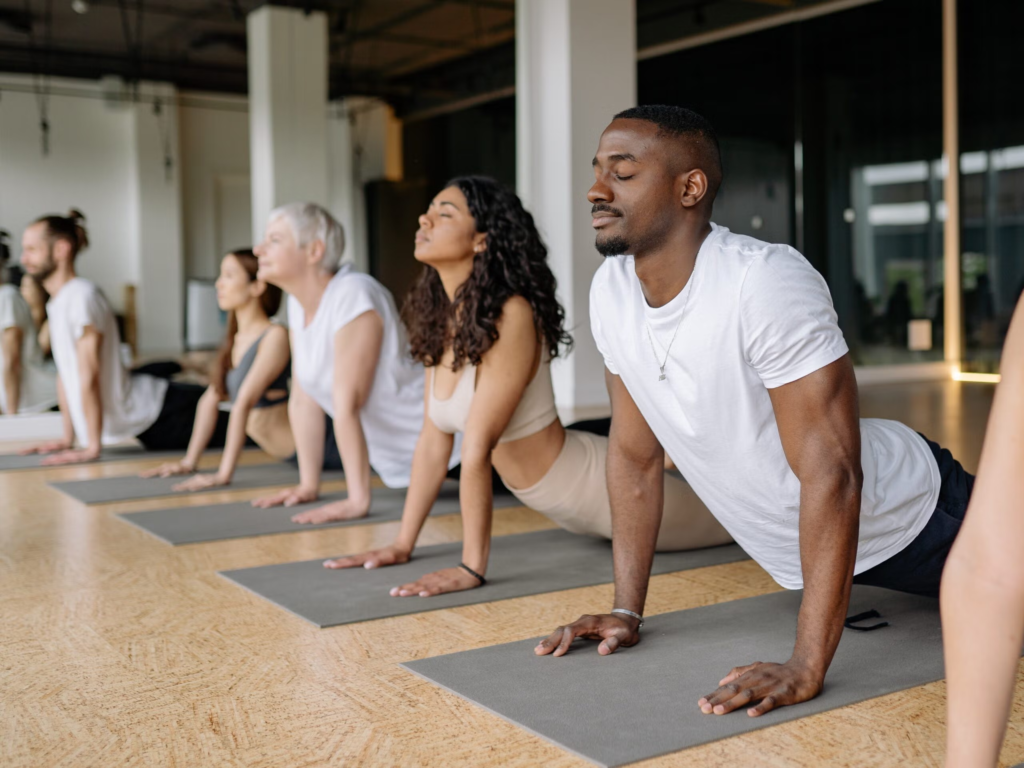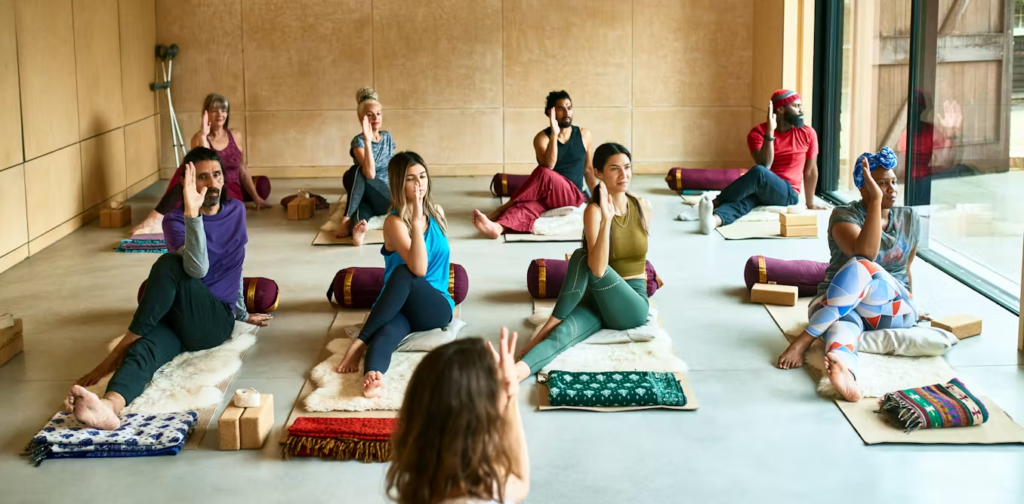In a world dominated by high-intensity workouts and digital wellness apps, it might surprise some that traditional practices like Yoga and Pilates are still thriving. But in fact, the demand for these mind-body exercises is not only stable—it’s growing steadily across all age groups and fitness levels.
From celebrities to students, retirees to busy professionals, people are once again turning to low-impact but powerful fitness routines that focus on balance, mental clarity, strength, and flexibility.
According to a 2024 report by the Global Wellness Institute, the global Yoga industry is projected to reach $66 billion by 2027, while Pilates studios and online platforms are seeing a yearly growth rate of over 10%.
Let’s dive into why these two disciplines continue to be among the most trusted and loved wellness routines in the world.
What Are Yoga and Pilates?
Though often grouped together, Yoga and Pilates have distinct origins and benefits.
- Yoga originated in ancient India thousands of years ago. It combines physical postures (asanas), breathing techniques (pranayama), and meditation to create a holistic wellness experience. The practice focuses on aligning the body, mind, and spirit.
- Pilates, developed in the early 20th century by Joseph Pilates, is a low-impact exercise method that emphasizes core strength, posture, and muscle control. It’s widely used in physical therapy and injury recovery due to its precision-based movements.
Both practices promote mindfulness, body awareness, and long-term health benefits.
The Pandemic’s Role in the Mind-Body Shift
One of the biggest turning points for Yoga and Pilates came during the COVID-19 pandemic. With gyms closed and anxiety levels at an all-time high, people across the world began practicing at-home workouts that promoted both physical movement and emotional grounding.

Searches for “Yoga for beginners” and “Pilates at home” surged during the lockdown period. Even post-pandemic, the momentum hasn’t slowed. Platforms like Yoga With Adriene, Pilates Anytime, and Alo Moves reported record engagement for their Yoga and Pilates classes.
This trend highlights a deep societal shift: wellness is no longer just about weight loss or muscle gain—it’s about mental peace, mobility, and inner balance.
The Science Behind the Benefits
There’s a growing body of research proving the health benefits of both Yoga and Pilates.
For Yoga:
- A study by Harvard Medical School found that Yoga helps reduce cortisol, the primary stress hormone.
- Yoga improves heart health, blood pressure, and symptoms of anxiety and depression.
- Regular practice boosts flexibility and muscle tone.
For Pilates:
- Pilates builds core strength, which supports better posture and spinal alignment.
- It’s often used in rehabilitation therapy for back pain and joint issues.
- A 2023 study in the Journal of Sports Science confirmed that Pilates improves muscle endurance and balance, especially in seniors.
Why the Continued Interest?
There are several reasons why Yoga and Pilates continue to attract loyal followers:
1. Accessibility
Both Yoga and Pilates can be done at home, with no fancy equipment required.
2. Low-Impact Nature
They are safe for seniors, people recovering from injuries, and those with chronic pain.
3. Mental Health Benefits
Incorporating breathing and mindfulness techniques, these practices help calm the mind and reduce daily stress.
4. Community and Connection
Many practitioners enjoy the inclusive and supportive atmosphere in classes, whether in person or virtual.
5. Customization
You can adapt each session based on fitness level, flexibility, or emotional needs.
Rise of Online and Hybrid Classes
One of the biggest innovations in recent years is the hybrid model of fitness. While traditional studios remain popular, many users now turn to online platforms that fit their schedules and budgets.

Online platforms like Pilates Anytime, Yoga With Adriene, and the Down Dog app offer flexibility and convenience, allowing people to maintain their practice from anywhere.
This digital shift has made mind-body fitness more accessible than ever, especially for those in remote locations or with mobility issues.
Gen Z and Millennials Are Leading the Charge
Interestingly, it’s younger generations—Millennials and Gen Z—who are leading the resurgence in Yoga and Pilates.
Social media plays a key role. Platforms like TikTok and Instagram are packed with Yoga flows, Pilates reformer tutorials, and motivational fitness influencers showing that wellness can be empowering, creative, and even fun.
These generations are also more aware of mental health and are seeking practices that provide relief from stress, anxiety, and screen fatigue.
Final Thoughts: A Trend That’s Here to Stay
As the wellness industry continues to evolve, Yoga and Pilates have shown that they are not just passing fads. They offer sustainable, meaningful ways to stay physically active, emotionally centered, and spiritually grounded.
In a world that often glorifies burnout and overexertion, these practices remind us to slow down and listen to our bodies.
Whether you’re stretching into a downward dog or building your core on the reformer, both Yoga and Pilates offer the same promise—a stronger body, a calmer mind, and a better quality of life.
So, if you’re still looking for the perfect fitness routine, the answer might just be on your mat.
Also read – The Secret to Fast Fitness: Why HIIT Workouts Still Rule






